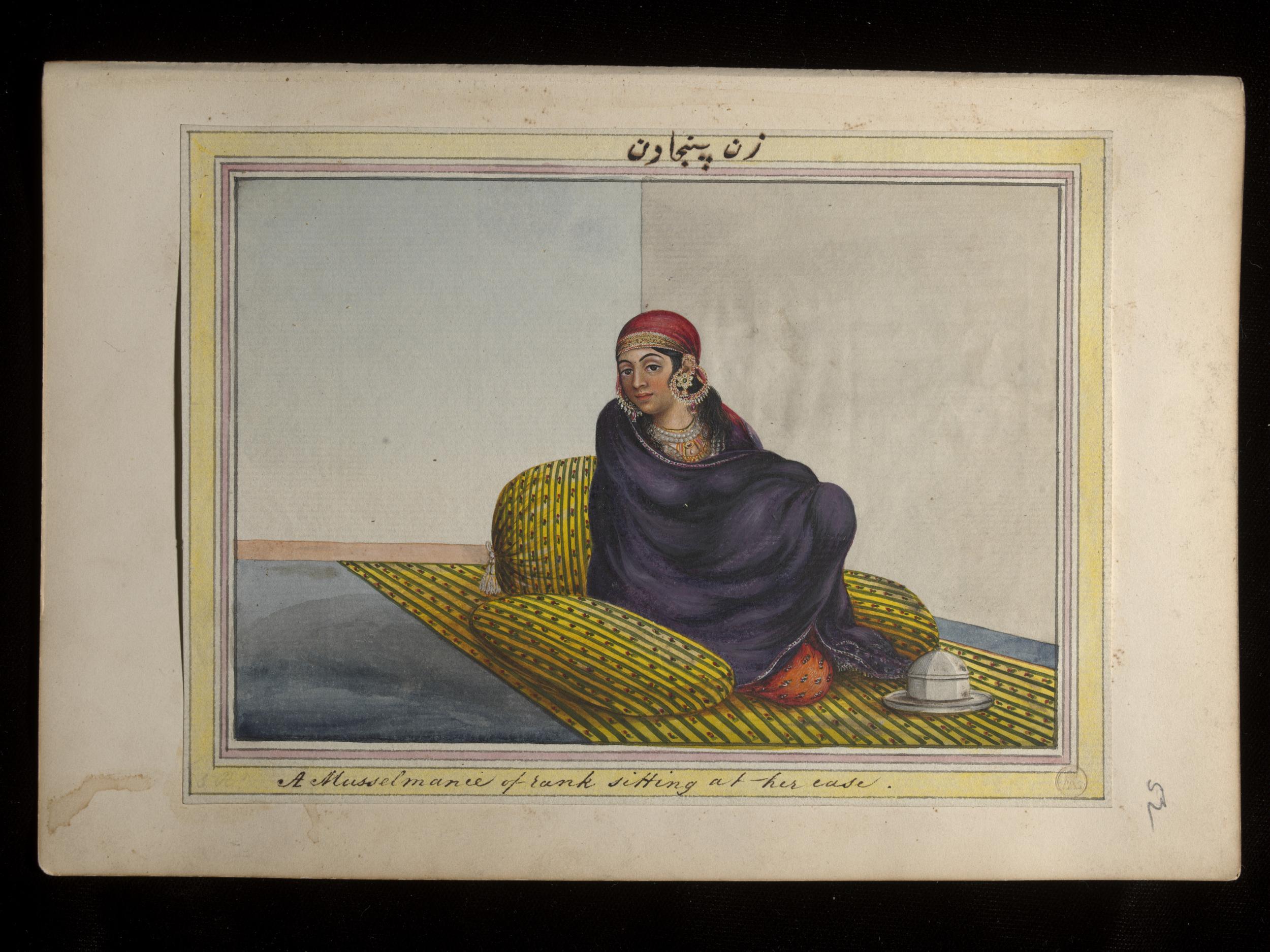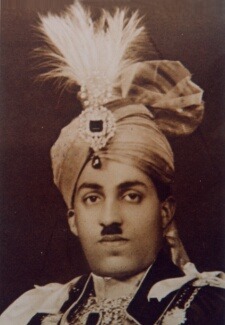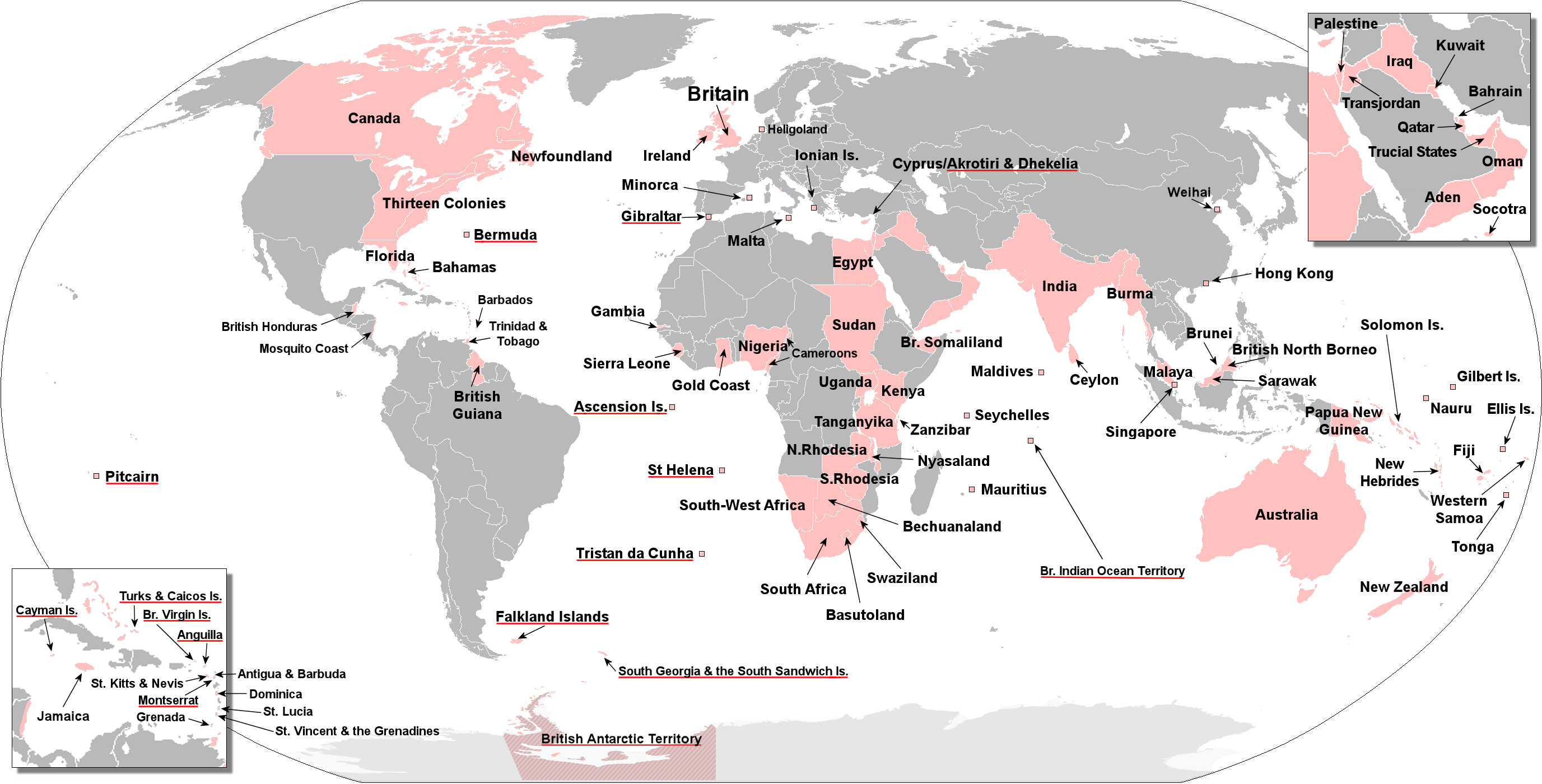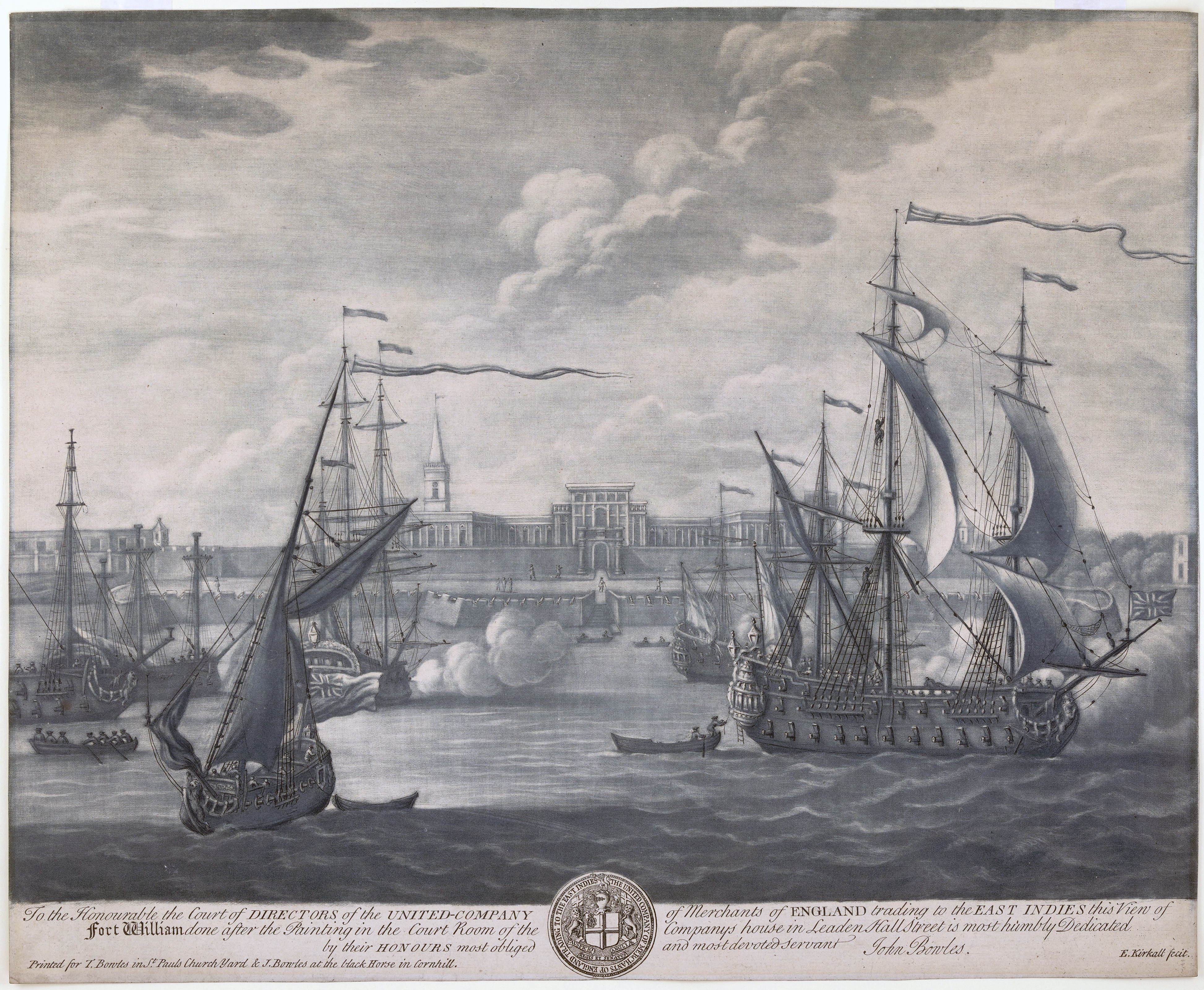|
Paan Dan
A paan dan (Hindi: पान दान, Bengali: পানদানি, Urdu: پان دان , English: Betel case) is a container for storing paan (betel leaf) used in South Asian households. It also stores other ingredients such as zarda, supari (or ''gua''), kattha, choona (also known as "soon"), clove, cardamom (elachi), and other accessories. A paan dan is silverware used mostly to store betel leaf, betel seeds and most other spices for making a paan. A paan dan is often made of perforated metal and has several compartments for storing the individual ingredients for making paan. Etymology "Paan" in Sanskrit is a combination of betel leaf with areca nut which is widely consumed throughout South Asia and Taiwan. "Dan" is a common word used in Indo-Aryan languages to describe a container or a box. History Paan dan is silverware that was very popular during the 19th century. The last ruler of the kingdom Oudh, Wajid 'Ali Shah' who was deposed and exiled to Calcutta by ... [...More Info...] [...Related Items...] OR: [Wikipedia] [Google] [Baidu] |
Betel Set LACMA AC1997
The betel (''Piper betle'') is a vine of the family Piperaceae, which includes pepper and kava. The betel plant is native to Southeast Asia. It is an evergreen, dioecious perennial, with glossy heart-shaped leaves and white catkins. Betel plants are cultivated for their leaves which is most commonly used as flavoring in chewing areca nut ( betel nut chewing). Etymology The term betel was derived from the Malayalam word ''vettila'' via Portuguese. Distribution ''Piper betle'' is originally native to South Asia and in Southeast Asia, from Island Southeast Asia ( Philippines, Timor-Leste and the Lesser Sunda Islands, and Peninsular Malaysia) to Indochina ( Vietnam, Cambodia, Laos, Thailand, and Myanmar). Its cultivation has spread along with the Austronesian migrations and trade to other parts of Island Southeast Asia, Papua New Guinea and Melanesia, Micronesia, South Asia, the Maldives, Mauritius, Réunion Island, and Madagascar. It has also been introduced ... [...More Info...] [...Related Items...] OR: [Wikipedia] [Google] [Baidu] |
Areca
''Areca'' is a genus of 51 species of palms in the family Arecaceae, found in humid tropical forests from the islands of the Philippines, Malaysia and India, across Southeast Asia to Melanesia. The generic name ''Areca'' is derived from a name used locally on the Malabar Coast of India. Usage The best-known member of the genus is '' A. catechu'', the areca nut palm. Several species of areca nuts, known for their bitter and tangy taste, raw or dried, are routinely used for chewing, especially in combination with the leaves of betel and dried leaves of tobacco. Areca nut is also popularly referred to as betel nut because of its usage for chewing with betel leaves. In Assam, areca nut is also known as ''tamul'' in the local dialect. Species (51 species) *'' Areca abdulrahmanii'' J.Dransf. *'' Areca ahmadii'' J.Dransf. *''Areca andersonii'' J.Dransf. *'' Areca gandamatu'' Sultan Mardan Plantation *'' Areca arundinacea'' Becc. *'' Areca brachypoda'' J.Dransf. *'' Areca ... [...More Info...] [...Related Items...] OR: [Wikipedia] [Google] [Baidu] |
Hallmark
A hallmark is an official mark or series of marks struck on items made of metal, mostly to certify the content of noble metals—such as platinum, gold, silver and in some nations, palladium. In a more general sense, the term '' hallmark'' can also be used to refer to any distinguishing mark. General overview Historically, hallmarks were applied by a trusted party: the "guardians of the craft" or, more recently, by an assay office. Hallmarks are a guarantee of certain purity or fineness of the metal, as determined by official metal (assay) testing. Distinguishment Hallmarks are often confused with "trademarks" or "maker's marks". A hallmark is not the mark of a manufacturer to distinguish their products from other manufacturers' products: that is the function of trademarks or makers' marks. To be a true hallmark, it must be the guarantee of an independent body or authority that the contents are as marked. Thus, a stamp of "925" by itself is not, strictly speaking, a hallmark, ... [...More Info...] [...Related Items...] OR: [Wikipedia] [Google] [Baidu] |
Narcotic
The term narcotic (, from ancient Greek ναρκῶ ''narkō'', "to make numb") originally referred medically to any psychoactive compound with numbing or paralyzing properties. In the United States, it has since become associated with opiates and opioids, commonly morphine and heroin, as well as derivatives of many of the compounds found within raw opium latex. The primary three are morphine, codeine, and thebaine (while thebaine itself is only very mildly psychoactive, it is a crucial precursor in the vast majority of semi-synthetic opioids, such as oxycodone or hydrocodone). Legally speaking, the term "narcotic" may be imprecisely defined and typically has negative connotations. When used in a legal context in the U.S., a narcotic drug is totally prohibited, such as heroin, or one that is used in violation of legal regulation (in this word sense, equal to any controlled substance or illicit drug). In the medical community, the term is more precisely defined and ge ... [...More Info...] [...Related Items...] OR: [Wikipedia] [Google] [Baidu] |
Mughal Empire
The Mughal Empire was an early-modern empire that controlled much of South Asia between the 16th and 19th centuries. Quote: "Although the first two Timurid emperors and many of their noblemen were recent migrants to the subcontinent, the dynasty and the empire itself became indisputably Indian. The interests and futures of all concerned were in India, not in ancestral homelands in the Middle East or Central Asia. Furthermore, the Mughal empire emerged from the Indian historical experience. It was the end product of a millennium of Muslim conquest, colonization, and state-building in the Indian subcontinent." For some two hundred years, the empire stretched from the outer fringes of the Indus river basin in the west, northern Afghanistan in the northwest, and Kashmir in the north, to the highlands of present-day Assam and Bangladesh in the east, and the uplands of the Deccan Plateau in South India. Quote: "The realm so defined and governed was a vast territory of some , ra ... [...More Info...] [...Related Items...] OR: [Wikipedia] [Google] [Baidu] |
Lucknow
Lucknow (, ) is the capital and the largest city of the Indian state of Uttar Pradesh and it is also the second largest urban agglomeration in Uttar Pradesh. Lucknow is the administrative headquarters of the eponymous district and division. Having a population of 2.8 million as per 2011 census, it is the eleventh most populous city and the twelfth-most populous urban agglomeration of India. Lucknow has always been a multicultural city that flourished as a North Indian cultural and artistic hub, and the seat of power of Nawabs in the 18th and 19th centuries. It continues to be an important centre of governance, administration, education, commerce, aerospace, finance, pharmaceuticals, technology, design, culture, tourism, music and poetry. The city stands at an elevation of approximately above sea level. Lucknow city had an area of till December 2019, when 88 villages were added to the municipal limits and the area increased to . Bounded on the east by Barabanki, on th ... [...More Info...] [...Related Items...] OR: [Wikipedia] [Google] [Baidu] |
Nawab
Nawab (Balochi: نواب; ar, نواب; bn, নবাব/নওয়াব; hi, नवाब; Punjabi : ਨਵਾਬ; Persian, Punjabi , Sindhi, Urdu: ), also spelled Nawaab, Navaab, Navab, Nowab, Nabob, Nawaabshah, Nawabshah or Nobab, is a Royal title indicating a sovereign ruler, often of a South Asian state, in many ways comparable to the western title of Prince. The relationship of a Nawab to the Emperor of India has been compared to that of the Kings of Saxony to the German Emperor. In earlier times the title was ratified and bestowed by the reigning Mughal emperor to semi-autonomous Muslim rulers of subdivisions or princely states in the Indian subcontinent loyal to the Mughal Empire, for example the Nawabs of Bengal. The title is common among Muslim rulers of South Asia as an equivalent to the title Maharaja. "Nawab" usually refers to males and literally means ''Viceroy''; the female equivalent is " Begum" or "''Nawab Begum''". The primary duty of a Nawab wa ... [...More Info...] [...Related Items...] OR: [Wikipedia] [Google] [Baidu] |
Delhi Durbar
The Delhi Durbar ( lit. "Court of Delhi") was an Indian imperial-style mass assembly organized by the British at Coronation Park, Delhi, India, to mark the succession of an Emperor or Empress of India. Also known as the Imperial Durbar, it was held three times, in 1877, 1903, and 1911, at the height of the British Empire. The 1911 Durbar was the only one that a sovereign, George V, attended. The term was derived from the common Persian term '' durbar''. Durbar of 1877 Called the "Proclamation Durbar", the Durbar of 1877, for which the organisation was undertaken by Thomas Henry Thornton, was held beginning on 1 January 1877 to proclaim Queen Victoria as Empress of India by the British. The 1877 Durbar was largely an official event and not a popular occasion with mass participation like later durbars in 1903 and 1911. It was attended by the 1st Earl of Lytton— Viceroy of India, maharajas, nawabs and intellectuals. This was the culmination of transfer of control of Brit ... [...More Info...] [...Related Items...] OR: [Wikipedia] [Google] [Baidu] |
Mary Of Teck
Mary of Teck (Victoria Mary Augusta Louise Olga Pauline Claudine Agnes; 26 May 186724 March 1953) was Queen of the United Kingdom and the British Dominions, and Empress of India, from 6 May 1910 until 20 January 1936 as the wife of King-Emperor George V. Born and raised in the United Kingdom, Mary was the daughter of Francis, Duke of Teck, a German nobleman, and Princess Mary Adelaide of Cambridge, a granddaughter of King George III and a minor member of the British royal family. She was informally known as "May", after the month of her birth. At the age of 24, she was betrothed to her second cousin once removed Prince Albert Victor, Duke of Clarence and Avondale, the eldest son of the Prince of Wales and second in line to the throne. Six weeks after the announcement of the engagement, he died unexpectedly during an influenza pandemic. The following year, she became engaged to Albert Victor's only surviving brother, George, who subsequently became king. Before her h ... [...More Info...] [...Related Items...] OR: [Wikipedia] [Google] [Baidu] |
British Empire
The British Empire was composed of the dominions, colonies, protectorates, mandates, and other territories ruled or administered by the United Kingdom and its predecessor states. It began with the overseas possessions and trading posts established by England between the late 16th and early 18th centuries. At its height it was the largest empire in history and, for over a century, was the foremost global power. By 1913, the British Empire held sway over 412 million people, of the world population at the time, and by 1920, it covered , of the Earth's total land area. As a result, its constitutional, legal, linguistic, and cultural legacy is widespread. At the peak of its power, it was described as " the empire on which the sun never sets", as the Sun was always shining on at least one of its territories. During the Age of Discovery in the 15th and 16th centuries, Portugal and Spain pioneered European exploration of the globe, and in the process established ... [...More Info...] [...Related Items...] OR: [Wikipedia] [Google] [Baidu] |
Kolkata
Kolkata (, or , ; also known as Calcutta , List of renamed places in India#West Bengal, the official name until 2001) is the Capital city, capital of the Indian States and union territories of India, state of West Bengal, on the eastern bank of the Hooghly River west of the border with Bangladesh. It is the primary business, commercial, and financial hub of East India, Eastern India and the main port of communication for North-East India. According to the 2011 Indian census, Kolkata is the List of cities in India by population, seventh-most populous city in India, with a population of 45 lakh (4.5 million) residents within the city limits, and a population of over 1.41 crore (14.1 million) residents in the Kolkata metropolitan area, Kolkata Metropolitan Area. It is the List of metropolitan areas in India, third-most populous metropolitan area in India. In 2021, the Kolkata metropolitan area crossed 1.5 crore (15 million) registered voters. The ... [...More Info...] [...Related Items...] OR: [Wikipedia] [Google] [Baidu] |

.jpg)







